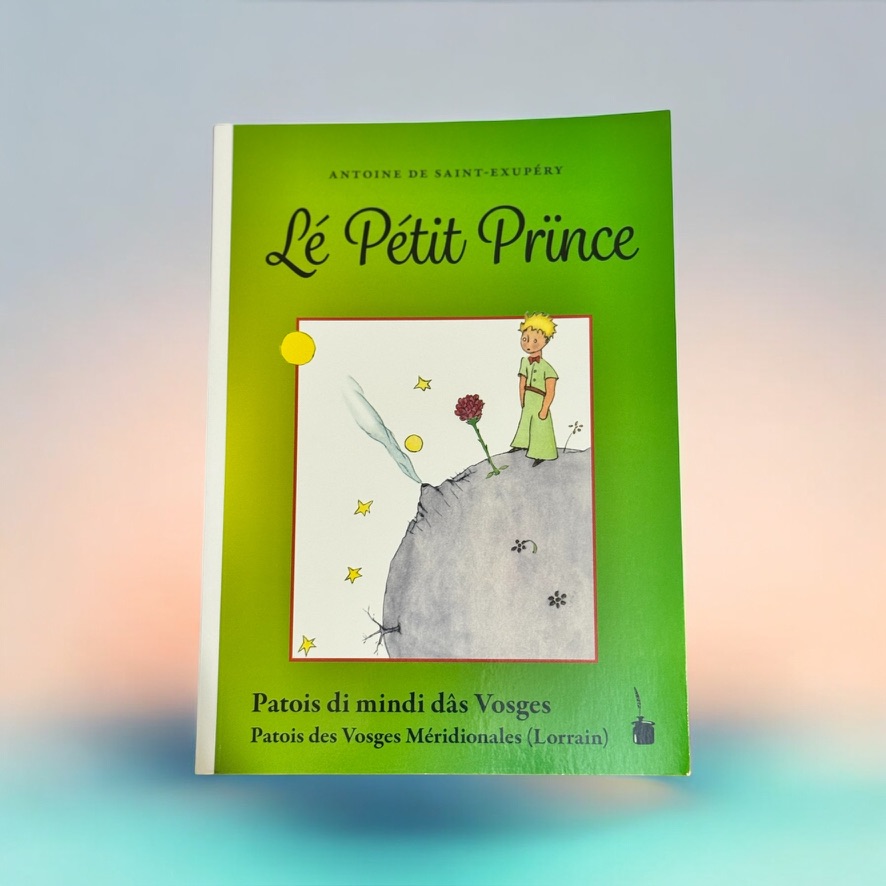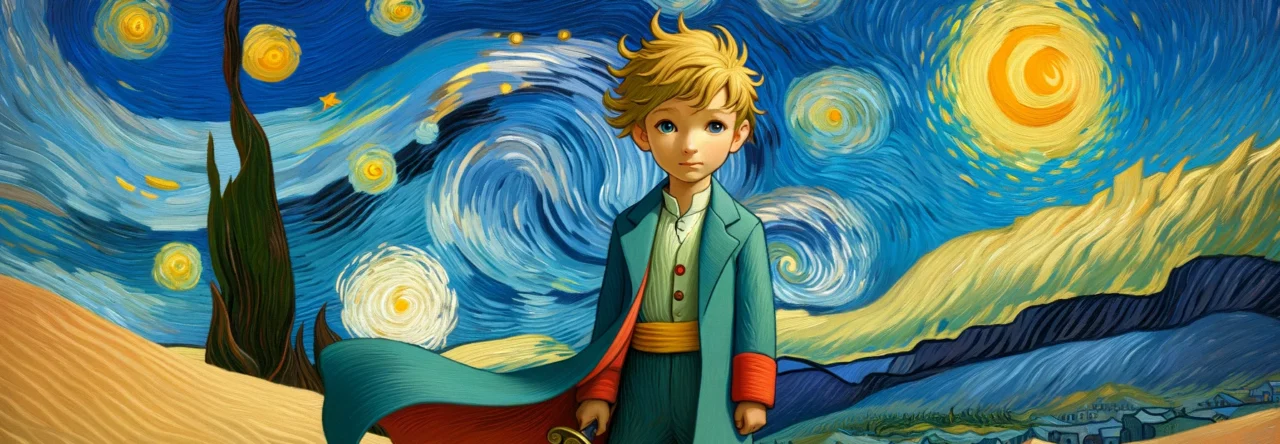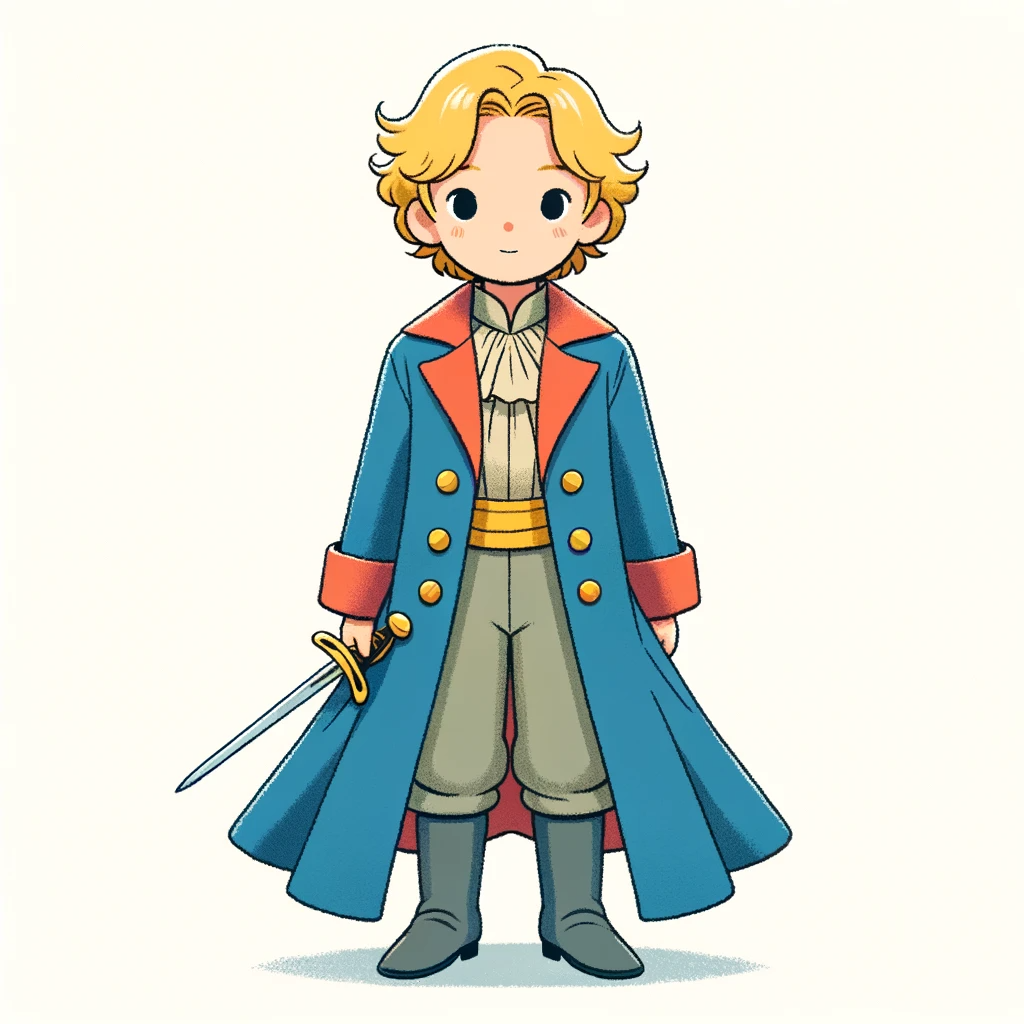
Lé Pétit Prïnce — in Lorrain dialect.
The Lorrain dialect, a member of the Langues d’oïl family, is a Romance variety historically spoken across Lorraine, in northeastern France. Though overshadowed today by Standard French, Lorrain once flourished in the everyday speech of rural and working-class communities, particularly in the départements of Meurthe-et-Moselle, Meuse, Moselle, and Vosges. Rooted in Vulgar Latin, like other Gallo-Romance languages, it developed distinct features through centuries of contact with Germanic languages, especially Frankish, and later Standard German, given Lorraine’s complex history on the Franco-German frontier. As such, the dialect is peppered with Germanic loanwords, guttural sounds, and phonetic shifts unseen in more southern dialects like Norman or Picard.
Culturally, Lorrain reflects the deep agricultural traditions and communal identity of the region. It was the language of village festivals, folk songs, oral storytelling, and market banter. Local proverbs—such as « Li jour n’est point feni qui n’a beu vin » (“The day isn’t over if one hasn’t drunk wine”)—capture the earthy wit and resilience of its speakers. Distinctive Lorrain literary traditions emerged, particularly in the 19th century, when regional pride prompted poets and dramatists to celebrate the dialect in print. The region’s dialects can differ markedly from one valley to the next, creating a mosaic of patois, some veering toward Walloon, others shading into Franc-Comtois or absorbing Alsatian influence.
Linguistically, Lorrain occupies an intermediate position between Oïl dialects like Champenois and Bourguignon, and the more Germanised dialects of Alsace and Moselle. Its grammar is relatively conservative, preserving older verb forms and declensions that have disappeared from Standard French. In some villages, dialect forms were mutually intelligible only to neighbouring communities, giving rise to rich linguistic micro-identities. While French language policy in the 20th century—especially through compulsory education and mass media—led to the decline of Lorrain in daily use, a cultural revival has taken shape in recent decades through regional theatre, festivals, local radio, and dialect literature.
Today, although endangered, the Lorrain dialect survives as a marker of local pride and linguistic heritage, often taught informally by elders and preserved in traditional expressions, humour, and oral memory. Its story mirrors that of many regional languages in France: marginalised in the name of national unity, yet cherished as a living link to place, ancestry, and belonging. In its rugged cadences and folkloric charm, Lorrain speaks not only of a region but of a resilient culture nestled in the hills, forests, and borderlands of eastern France.


